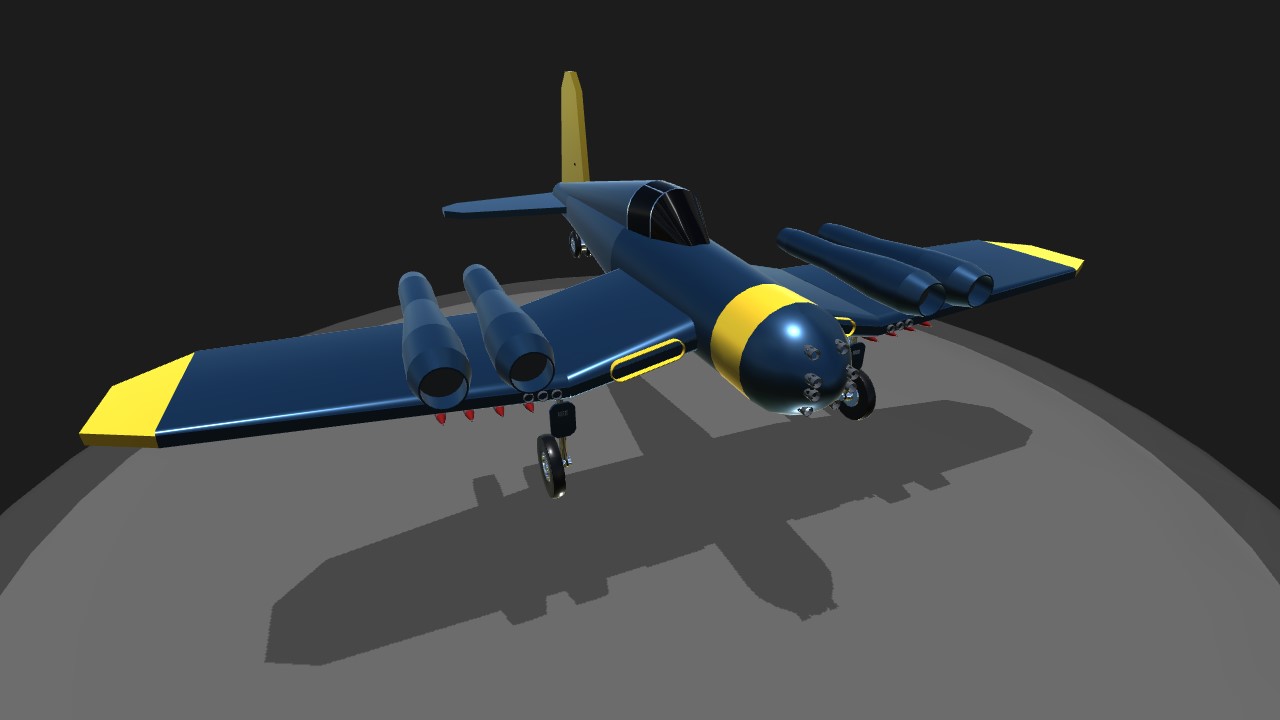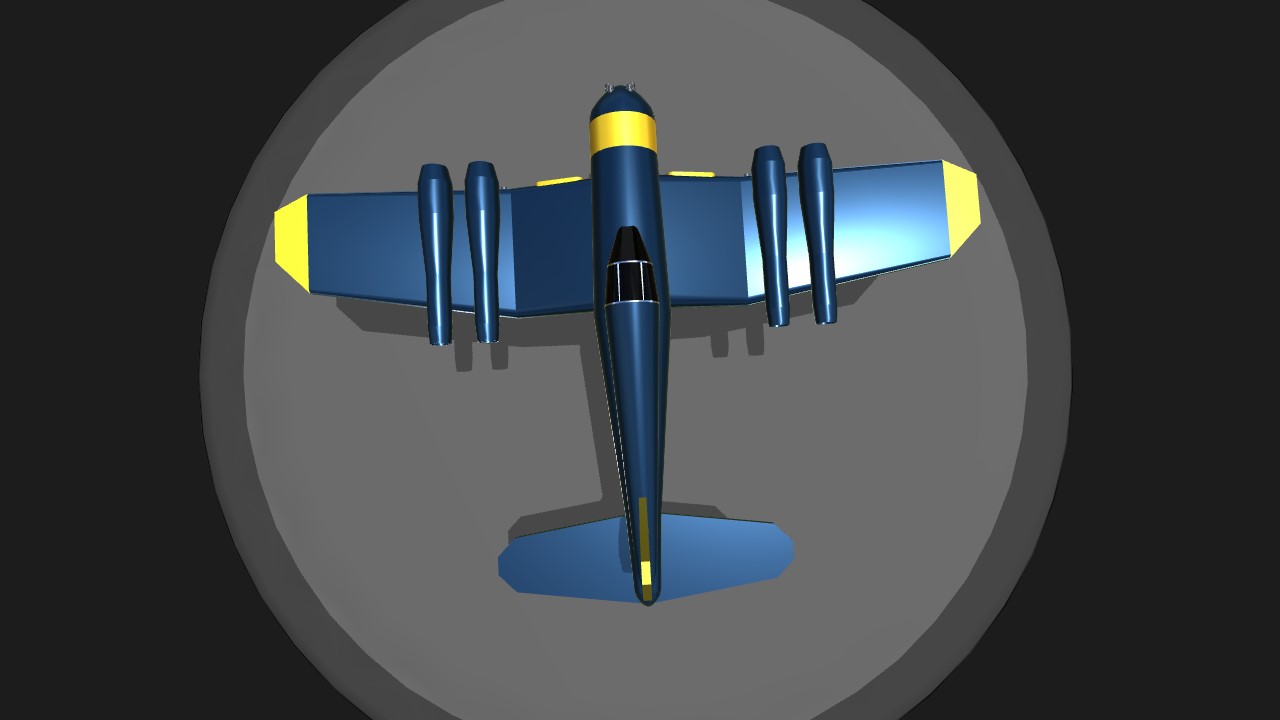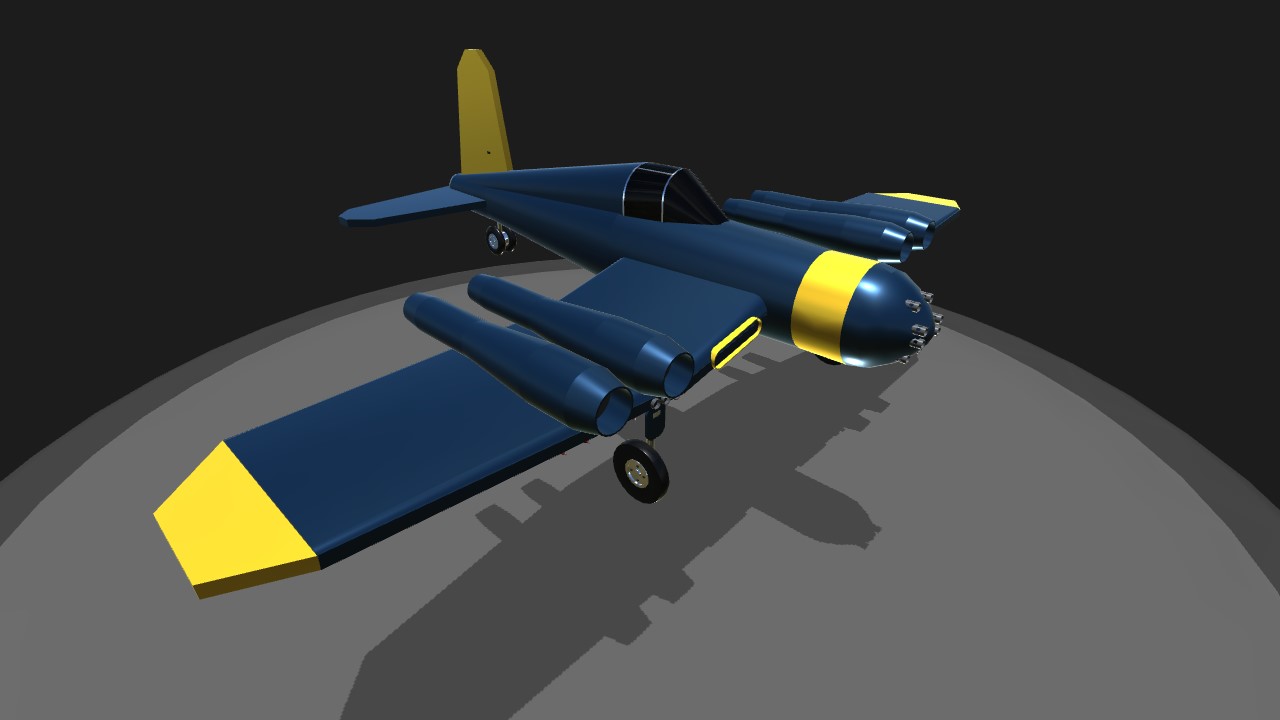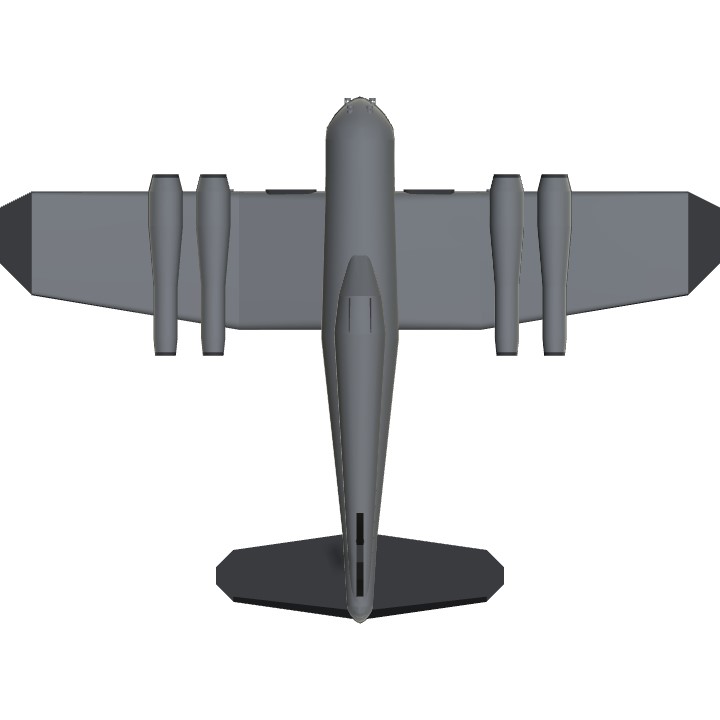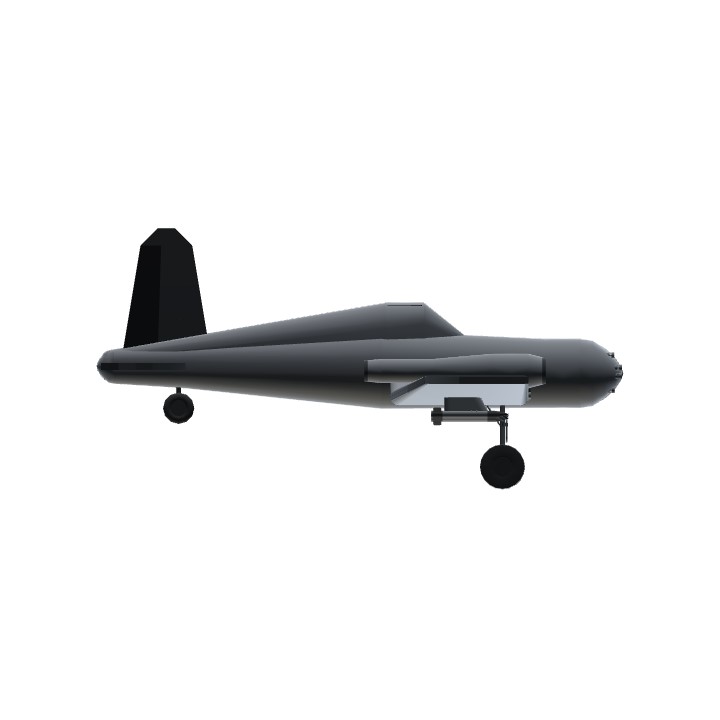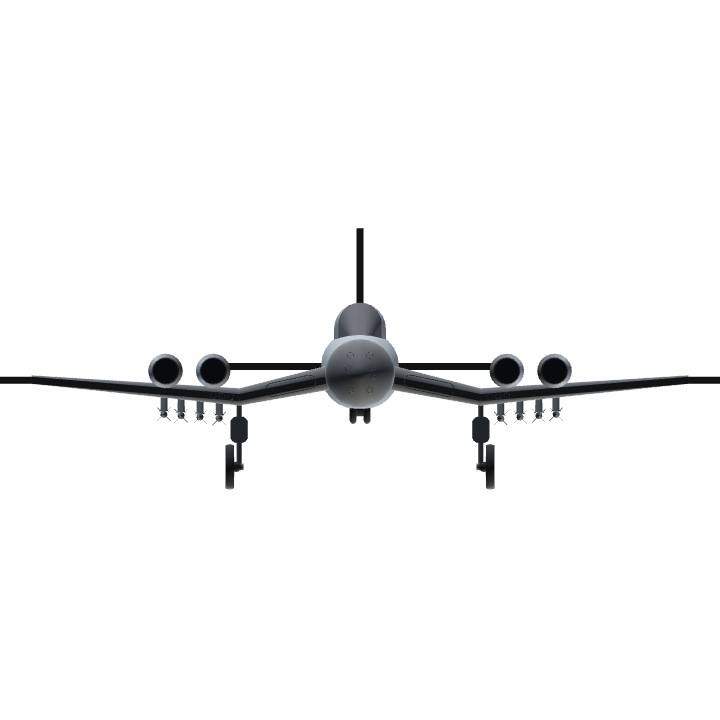(Fictional) In 1943 the US Navy was looking for ways to boost the performance of their fighter aircraft. Although the new jet engines showed a lot of promise, they were still suffering from a lot of teething problems. Also the high fuel consumption of the jet engines of the day made them unsuitable for carrier use. At the same time in Britain the V-1 attacks were mounting and from a number of crashed V-1s the British reconstituted a number of pulse jet engines sending some of them to the USA for testing. As a result of these tests the US government ordered a production run of 240 copies of the Argus engines from Pratt & Whitney. They received the designation J014-01 The Vought company received a number of the pre-production engines and designed a pulse jet powered version of the F4U Corsair. To save time a minimal redesign was done to the original design. This fighter had four J014 pulse jet engines mounted on the wings. Because there was no longer an engine in the nose, a solid nose was installed with 8 machine guns. These together with the six wing mounted guns provided an enormous fire power. The first 12 Pulse Corsairs were designated F4U-9 and were delivered to the Navy in the beginning of 1945 and were tested on the carrier USS Hornet. They flew a number of patrols over Okinawa but never had any actual combat.
Specifications
General Characteristics
- Predecessor Vought F4U Corsair
- Created On Windows
- Wingspan 34.2ft (10.4m)
- Length 25.0ft (7.6m)
- Height 12.2ft (3.7m)
- Empty Weight N/A
- Loaded Weight 6,519lbs (2,957kg)
Performance
- Power/Weight Ratio 2.068
- Wing Loading 26.2lbs/ft2 (127.8kg/m2)
- Wing Area 249.0ft2 (23.1m2)
- Drag Points 4212
Parts
- Number of Parts 108
- Control Surfaces 7
- Performance Cost 511

